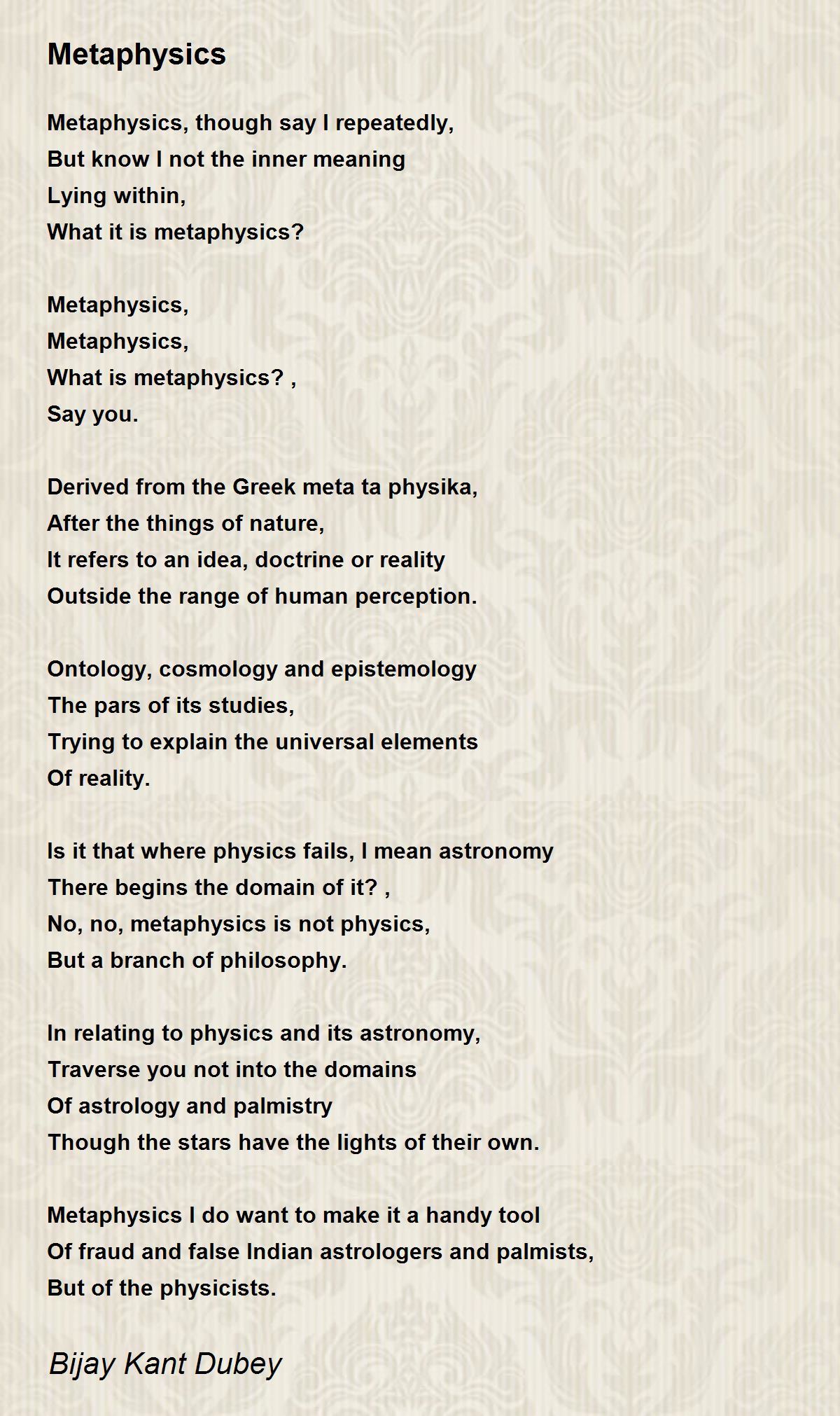
René Descartes: An Innovator Beyond Philosophy
René Descartes, recognized as a significant philosopher and frequently regarded as the father of contemporary philosophy, ventured far beyond the realm of metaphysical discussions. His extensive contributions across multiple scientific domains, particularly in mathematics, optics, physics, and astronomy, are often eclipsed by his philosophical impact. Nevertheless, his investigations in these scientific fields, despite some inaccuracies by modern standards, were crucial during his era and sparked notable advancements that followed.
Descartes’ scientific odyssey was significantly shaped by his early engagement with Isaac Beeckman in the Netherlands, which resulted in his embrace of the corpuscular mechanical philosophy. This paradigm became foundational to his scientific pursuits, steering Descartes towards a mechanistic interpretation of the universe, where everything functioned in a clock-like manner under deterministic principles.
His work “Le monde,” finished in 1633 but released posthumously in 1664 due to the controversies tied to Galileo’s trial, showcases his vision of a heliocentric cosmos. This ambitious manuscript encompassed a universal account of the universe, addressing topics ranging from light and elemental properties to the behavior of celestial bodies. Despite its eventual prohibition, segments of “Le monde” emerged in his “Discours de la méthode,” “La Dioptrique,” and “Les Météores” in 1637.
In “Principia Philosophiae,” Descartes extended his metaphysical concepts into an ordered natural philosophy. The work aimed to replace Aristotelian physics, suggesting a universe filled with matter in motion regulated by laws that were fundamentally divine. Despite later challenges from figures such as Isaac Newton and the eventual rise of Newtonian physics, Descartes’ theories inspired vigorous intellectual discussions and debates throughout the late 17th and early 18th centuries.
Key to Descartes’ physics was his dismissal of the void, advocating instead for a plenum teeming with tiny particles. His three laws of motion, forerunners to Newton’s laws, were based on this vis viva, or living force, notion, although derived from different foundations. Importantly, his vortex theory offered a mechanical explanation of planetary movement, implying that planets were transported around the sun by fluid-like whirlpools.
Descartes’ contributions to physics, even if eventually surpassed, established a mechanical framework that motivated further exploration and refinement by scientists such as Christiaan Huygens and Newton. His approach, although imperfect, highlighted the significance of Cartesian doubt and the rigor of systematic skepticism, paving the way for future scientific methodologies.
In conclusion, while Descartes’ philosophical ideals frequently overshadow his scientific achievements, comprehending his all-encompassing approach provides a more complete perspective of his legacy. His endeavors to define and clarify the natural world showcase a thinker intricately involved with both the material and metaphysical realms, firmly establishing his name not just in philosophy, but also in the history of scientific pursuit.